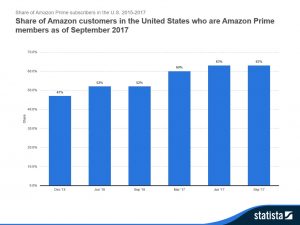Should you be adding internal links to your website content?
This is a hotly debated question among SEOs. Some believe that adding links does nothing for your rankings; it only adds to your already lengthy to-do list. Others believe that internal linking is the secret weapon that can supercharge rankings of your internal pages.
So what is the answer? Is internal linking actually an SEO technique you should be applying? Or is it something you can safely ignore?
Here are five ways internal linking helps you create a richer experience for your site users:
- Makes it easier for Google to crawl your website
According to the available data, every minute about 571 new websites are started. Google cannot afford to crawl each and every page of all websites because it needs resources for that – and it has to spend money to acquire them.
Internal linking helps Google Spiders to crawl your website easily. Instead of devoting resources to go through each and every page on your site from scratch, internal links can direct Google to deep inner-pages. This improves your site’s discoverability, which, in turn, makes it easier for Google to rank you in the SERPs.
- Improves user experience
When a user visits your website, you would like him or her to explore other sections of your website too. Internal links makes it easy for users to access deeper pages in your website. For example, if you’re creating a page on ‘speakers’, you can use internal links to point to other pages on your site about ‘wireless speakers’ and ‘Bluetooth speakers’.
Keep in mind that you shouldn’t clutter your content with internal links. It’s a visual turn-off for readers and looks spammy. 1 or 2 links in the area visible to a user at a time are enough. Too many and you’ll just end up confusing your readers.
- Lowers bounce rate of your website
When a user leaves your website after seeing only one page, they are said to ‘bounce’ off your website. Relevant links tempt users to click on another page of your website and hence, your bounce rates go down.
Internal link building also offers an easier way for users to discover extra content on your website and learn what else you have to offer.
- Pushes up rankings of all your pages
Internal links work like inbound links when it comes to search engine rankings of your web pages. It means that your more popular pages or pages with quality content have higher credibility. When you post the link of a low-performing content page on a high-performing page, people are more likely to look at it too. Hence, the ranking of the former page increases too.
- Helps you highlight the important stuff
Remember, every website has a purpose or a goal. If you are a business, you may want to direct all your users to your key products and services. If you are an NGO, you might want to highlight the key issue you are associated with.
Internal Linking can help you do that. When you direct to a particular page with links strategically spread across your website, Google will automatically accord it more authority and prioritize it on the result pages.
Internal links are crucial to improving your site’s experience. While they might cause people to click away from a landing page, they add tons of value by directing them to relevant pages and improving the overall rankings of your site. This is one easy internet marketing strategy you can’t afford to skip.
Digital & Social Articles on Business 2 Community(35)
Report Post








